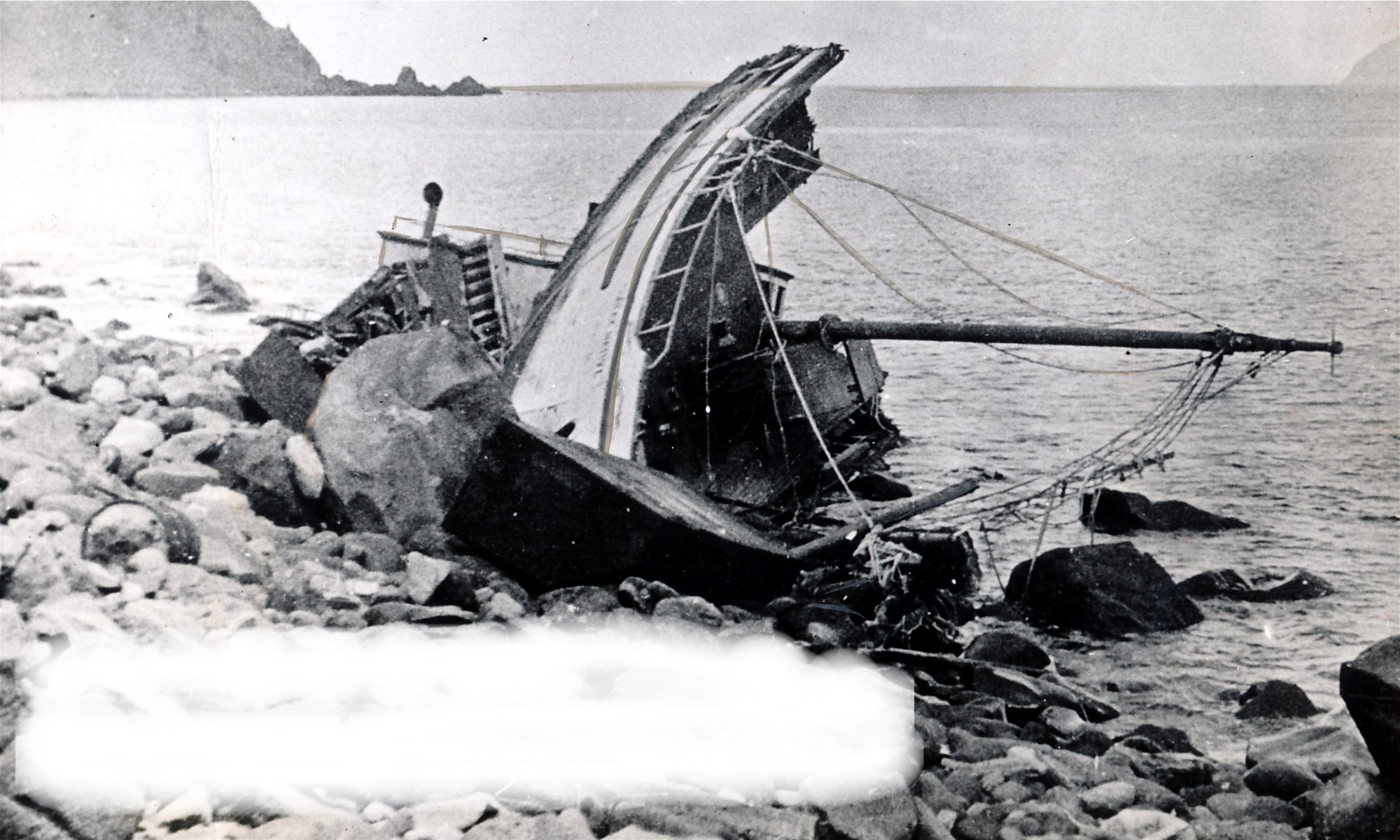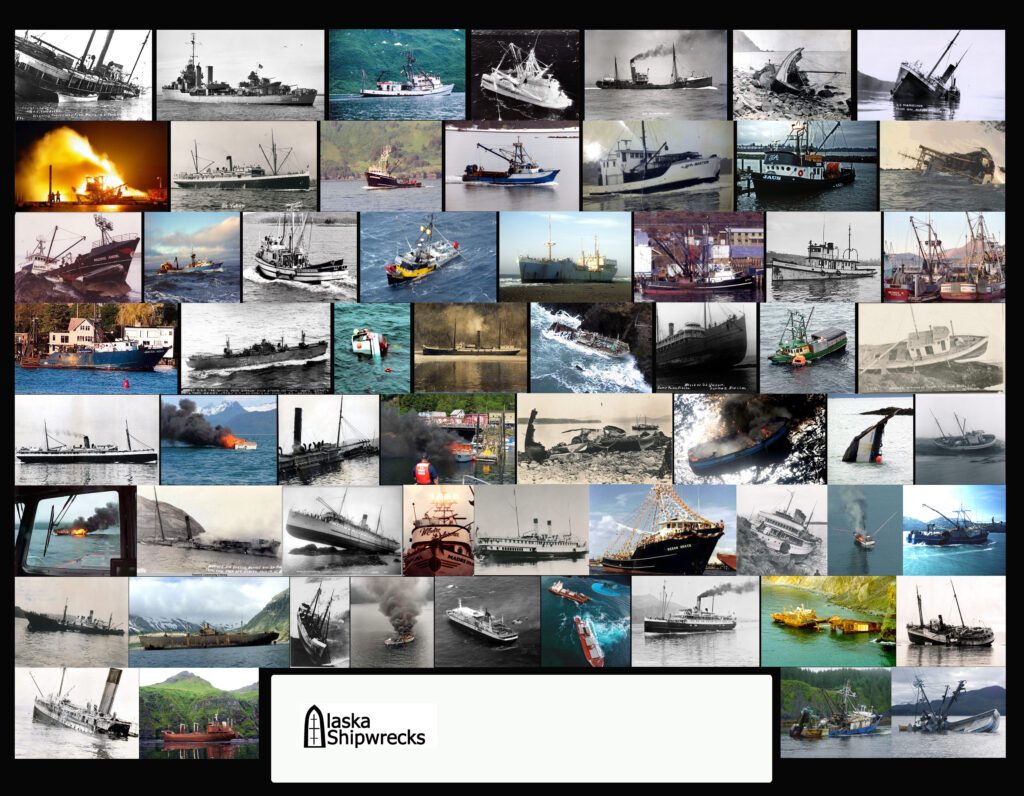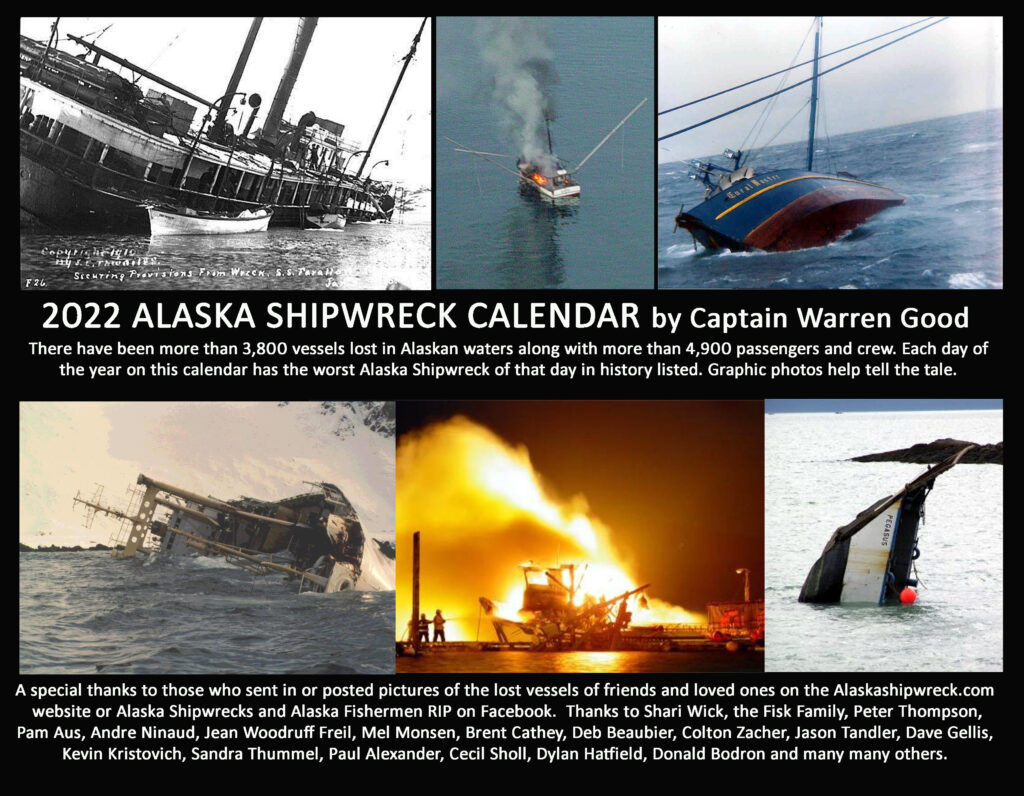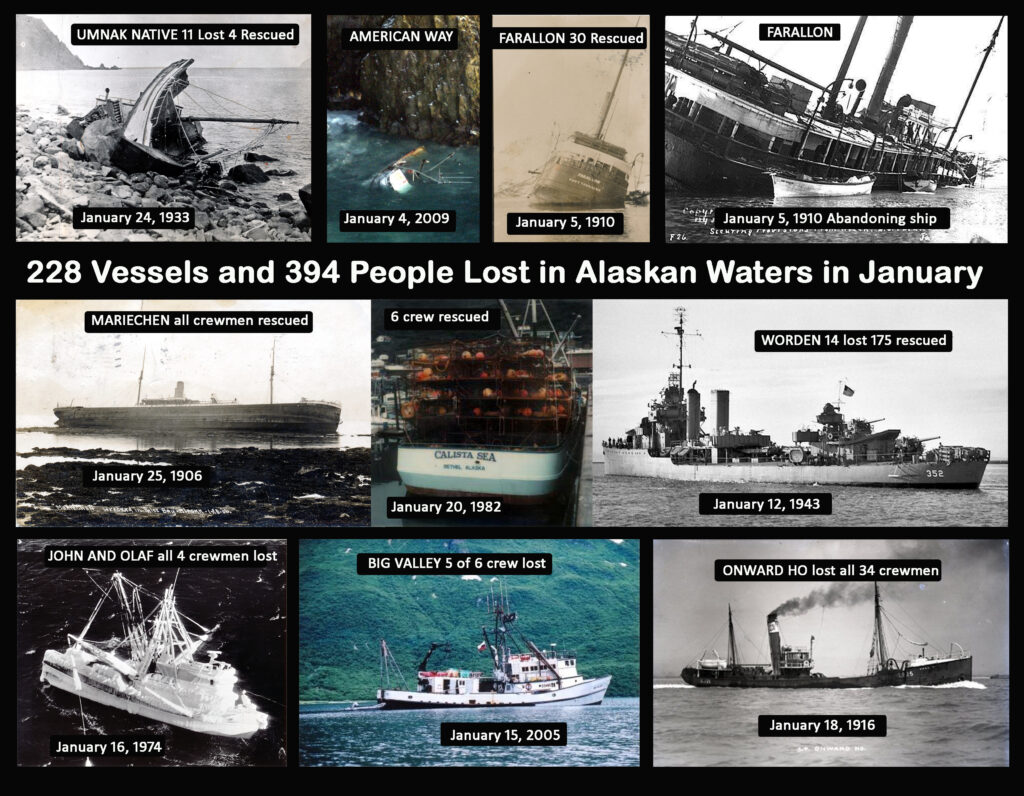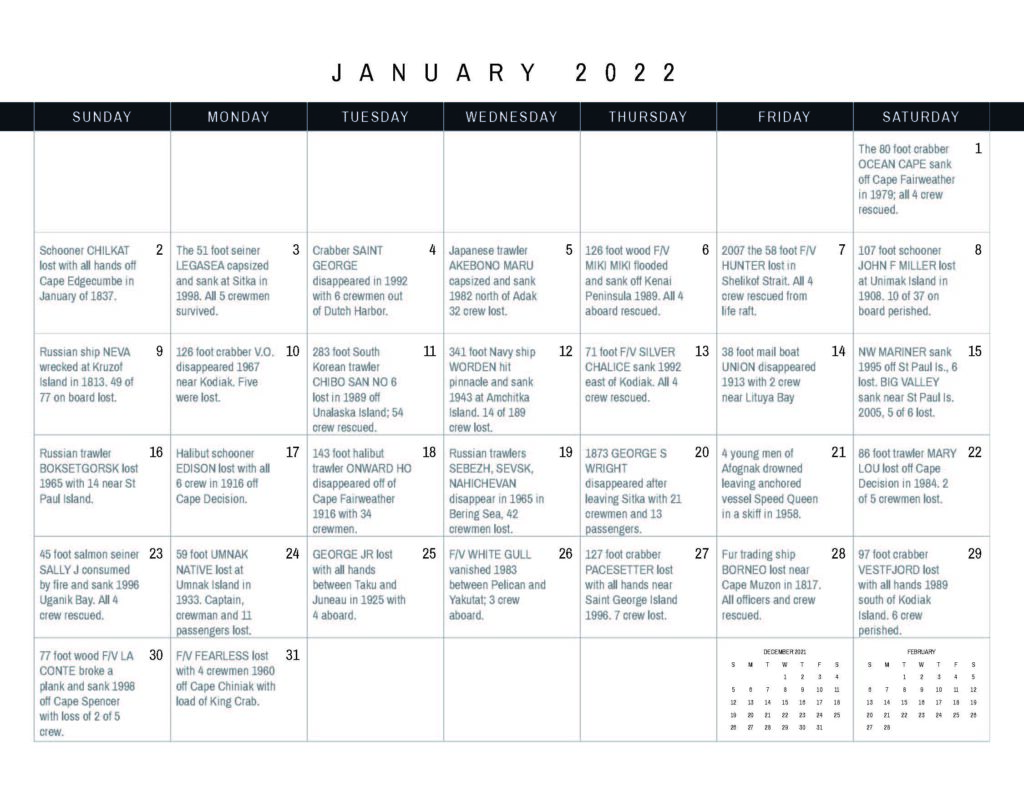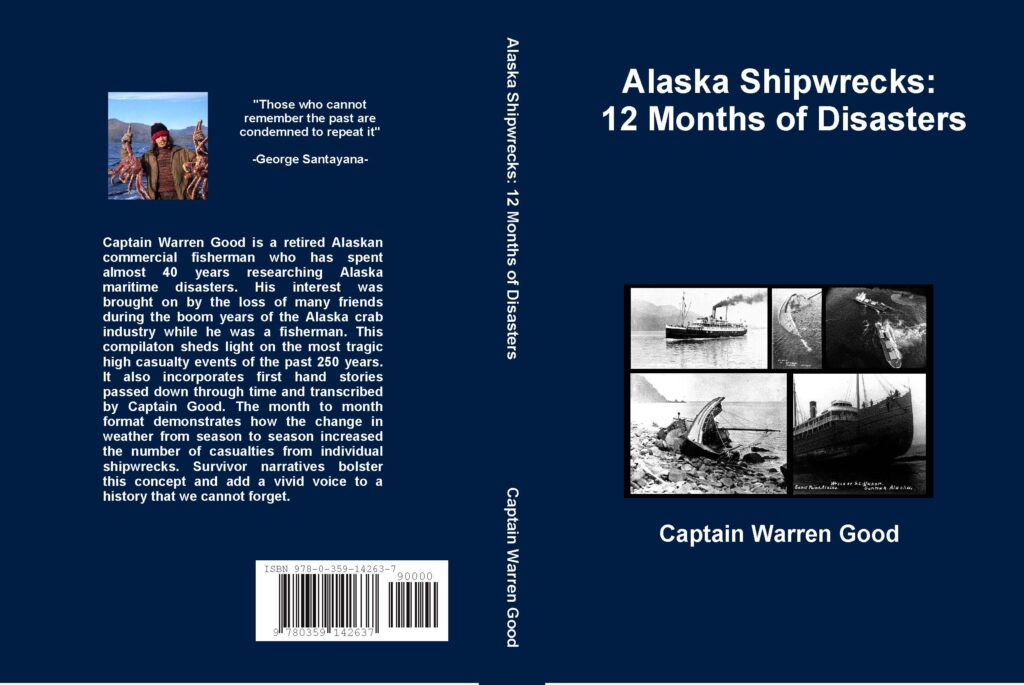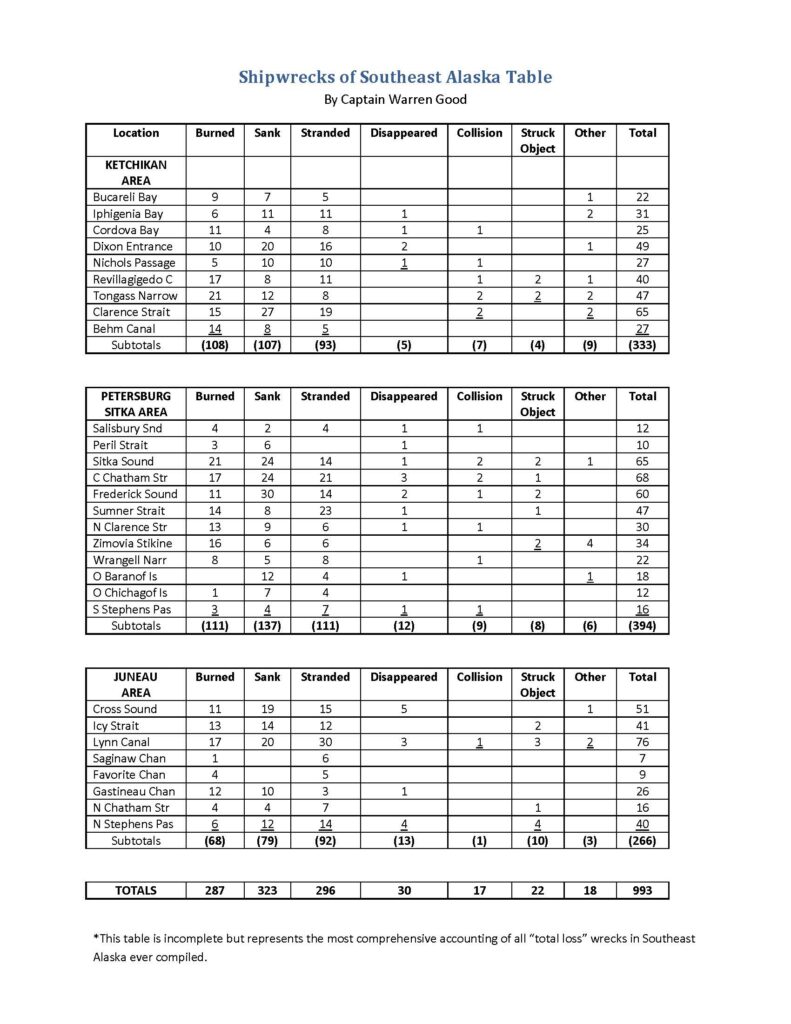In the interest of financing and perpetuating our work here at Alaska Shipwrecks, I am publishing a series of books. They will be presented in a geographic format with the Alaska Shipwrecks of individual waterways described for each waterway in the entire state. For anyone living or traveling through any Alaskan waterway, you can now learn all of the wrecks associated with any particular waterway. The series of books is called “ALASKA SHIPWRECKS – WATERWAYS OF ALASKA”. The four books in the series are “WATERWAYS OF SOUTHEAST ALASKA”, “WATERWAYS OF SOUTH CENTRAL ALASKA”, “WATERWAYS OF CENTRAL AND WESTERN ALASKA”, AND “WATERWAYS OF NORTHERN ALASKA”
The first book, WATERWAYS OF SOUTHEAST ALASKA, is now available through Amazon. The link is: https://a.co/d/e1mt5l4https://www.amazon.com/dp/B0CZK8YYQX?
